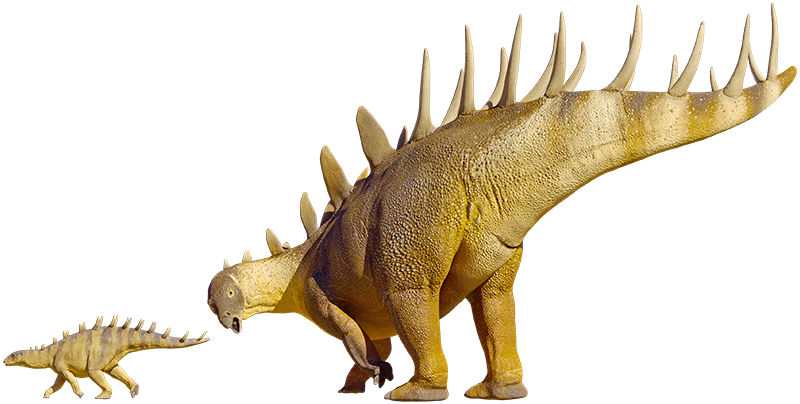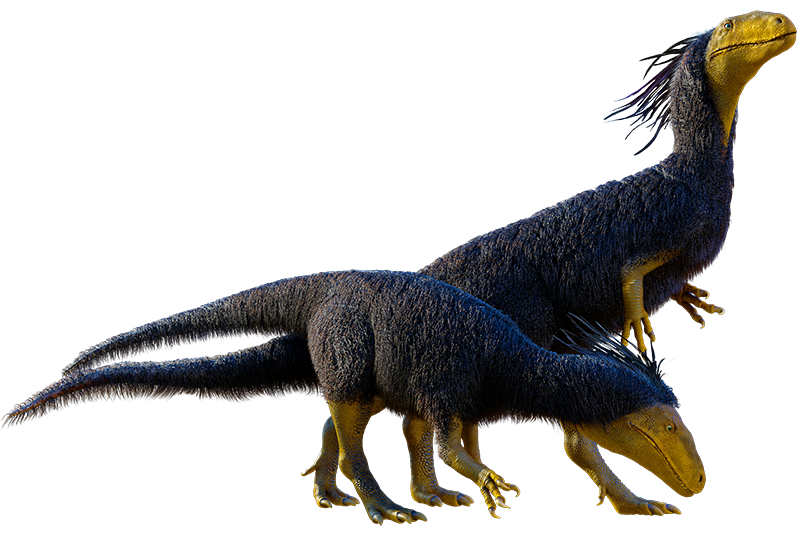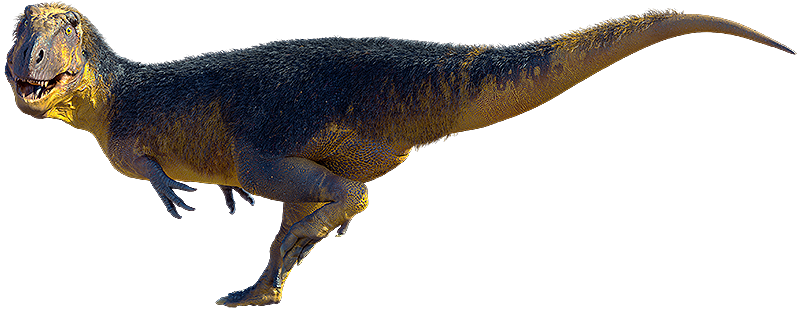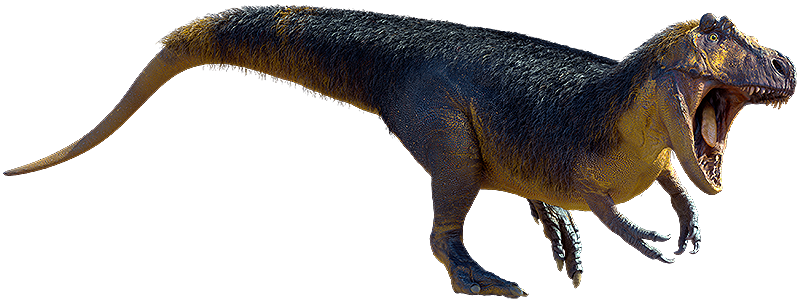
The five different types of theropods that made tracks in the Broome Sandstone were medium to large.
Morphotypes are distinct types of tracks without formal names.
Megalosauropus broomensis is the name of the most common theropod track (track not dinosaur) on the Dinosaur Coast and was formally named in 1967.
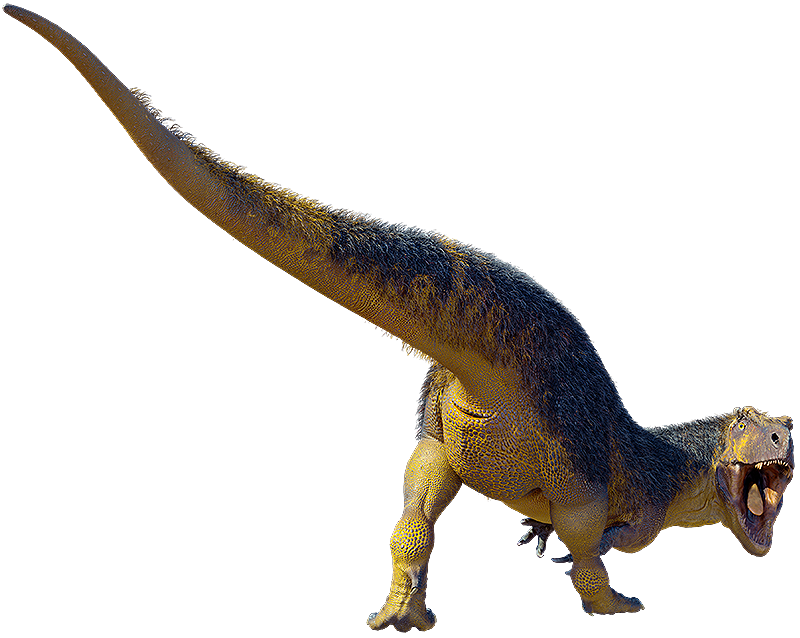
Well known theropods
What did theropods look like?
Palaeontologists examine clues that extinct dinosaurs have left behind, found in fossils and evidence of animal activity, such as footprints and trackways. This is what ‘Broome’ theropods may have looked like.
Swipe to view.
Megalosauropus broomensis (‘big lizard foot of Broome’)
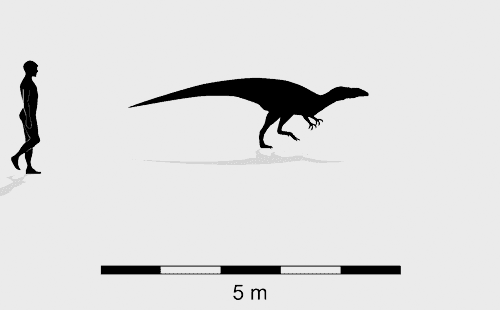
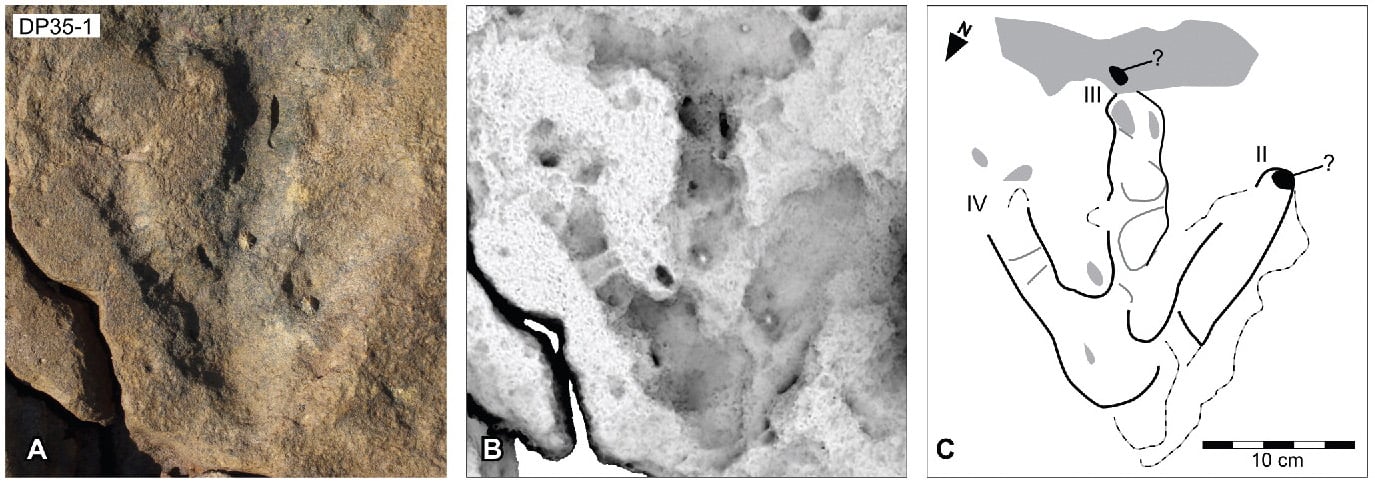
Yangtzepus clarkei (‘Clarke’s Yangtze [River] foot’)
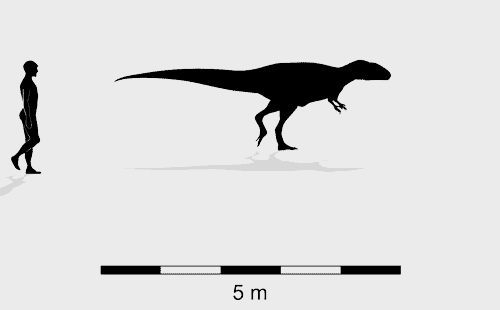
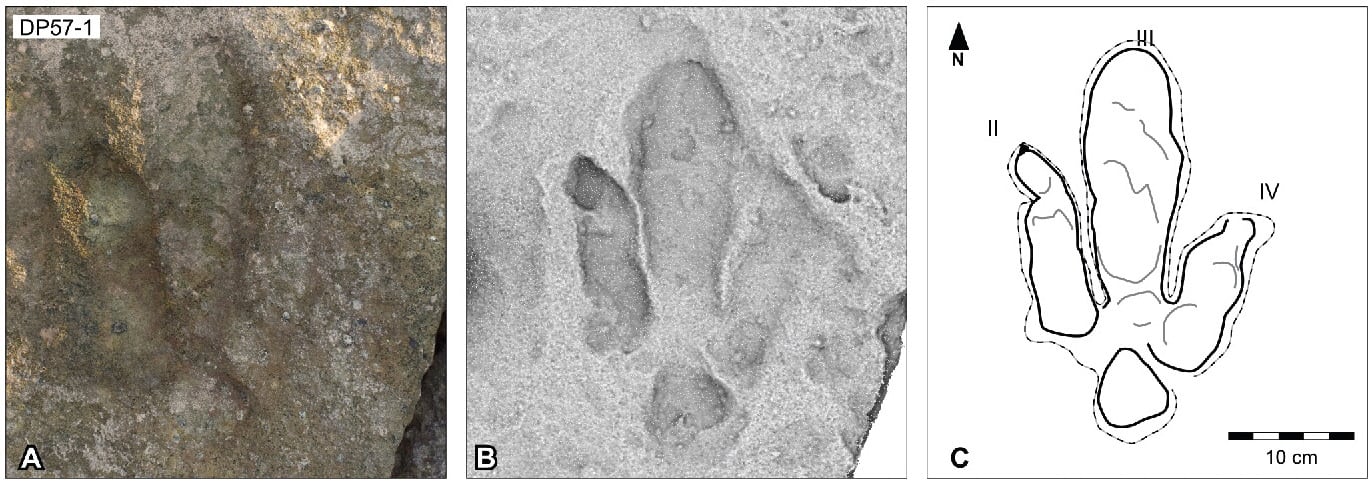
Broome theropod morphotype B
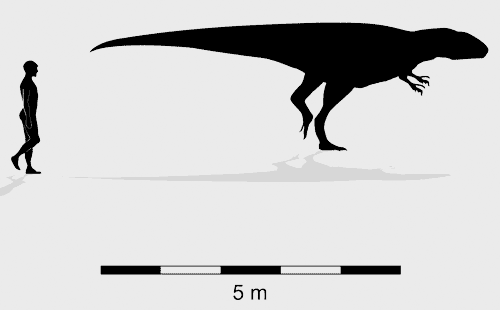
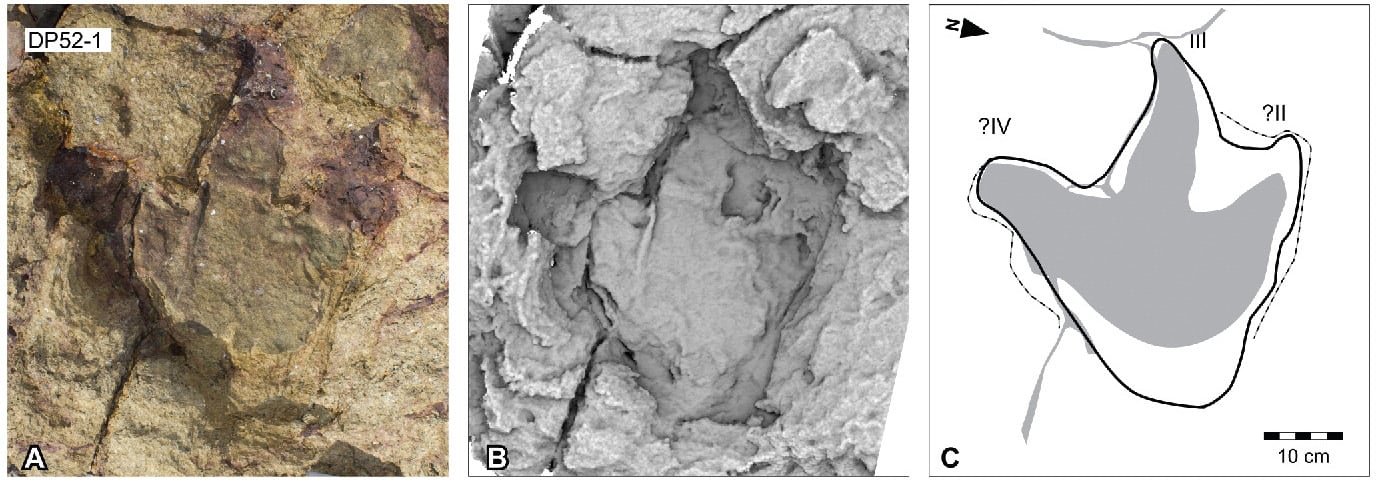
Discover more
Broome Dinosaurs
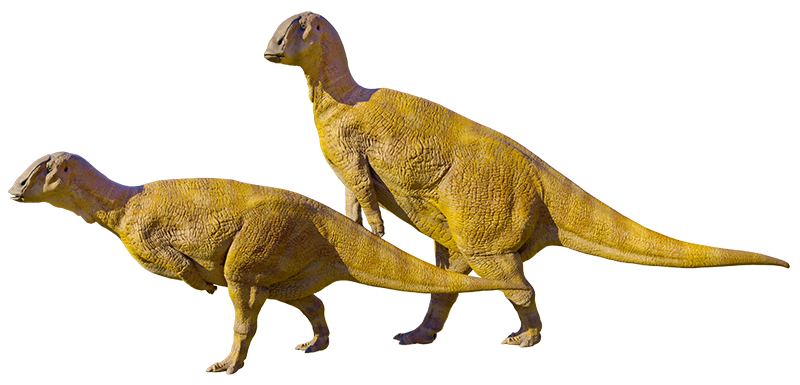
Ornithopods
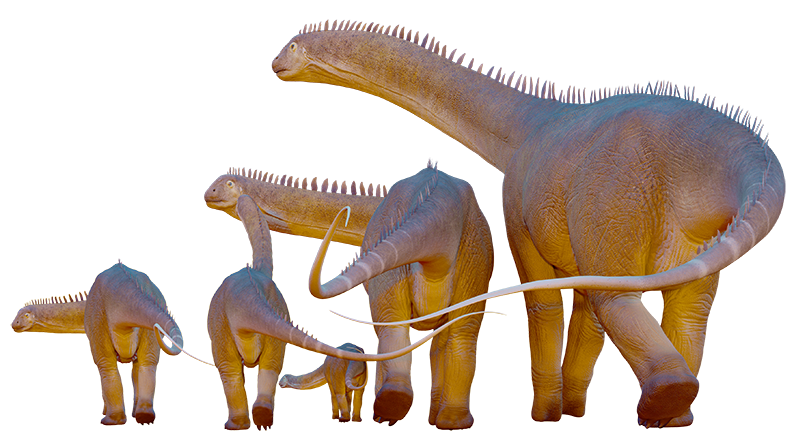
Sauropods
